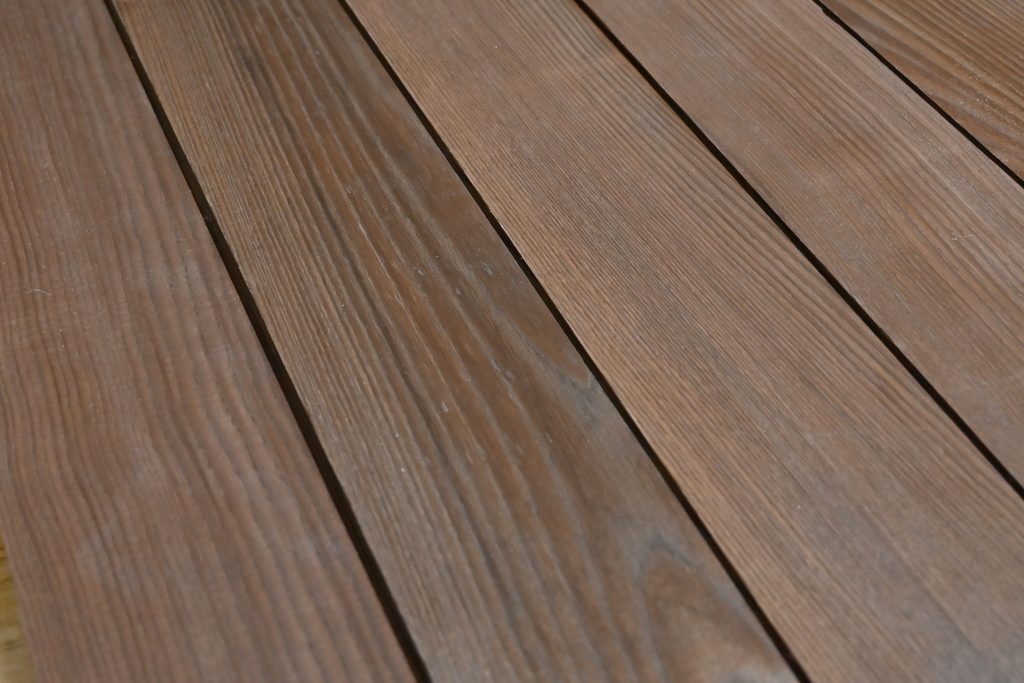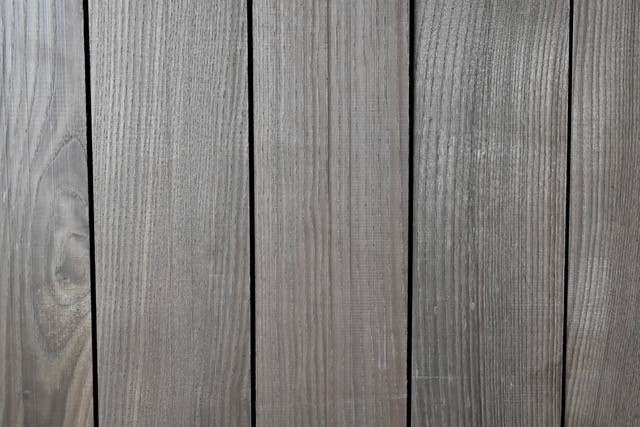
Thermally Modified Ash, celebrated for its beauty, durability, and eco-conscious credentials, has gained prominence in recent decades as a premium wood material. While its refined modern applications in cladding, flooring, and furniture are well-documented, the origins of this innovative process tell a story of ancient ingenuity meeting modern technology.
The origins of thermal wood modification date back centuries. Early civilizations, including the Vikings, discovered that applying heat to wood made it more durable and resistant to rot. This technique, often involving open flames or simple ovens, was used to prepare wood for shipbuilding and construction in damp environments. While rudimentary, these methods demonstrated the transformative power of heat on timber.


By the 20th century, the widespread use of chemical treatments to preserve wood largely overshadowed traditional techniques. However, growing environmental awareness in the late 20th century led researchers, particularly in Scandinavia, to revisit thermal modification as a natural alternative. Modern advancements allowed precise control over heat and atmosphere, resulting in wood with superior durability, dimensional stability, and enhanced aesthetics.
Ash emerged as a particularly successful candidate for this process, thanks to its strength, workability, and stunning grain. When thermally modified, ash not only gained resilience against decay and moisture but also took on a rich, darker tone that beautifully highlights its natural patterns.
Vastern Timber were the first to bring Brimstone Ash to the British market in 2016, where the need to find sustainable uses for underutilised British hardwoods, like ash, was identified.
At UK Hardwoods we were inspired to offer our clients this versatile, time-tested product to our customers


From ancient Viking craftsmanship to the cutting-edge technologies of today, the history of thermally modified ash reflects humanity’s enduring relationship with wood—a material both functional and beautiful.
By choosing Thermally Modified Ash, architects, designers, and homeowners are embracing a sustainable, chemical-free material with roots in ancient traditions and cutting-edge science. This innovation is an opportunity to showcase the best of British-grown timber, ensuring that its natural beauty and resilience can be enjoyed for generations to come.
